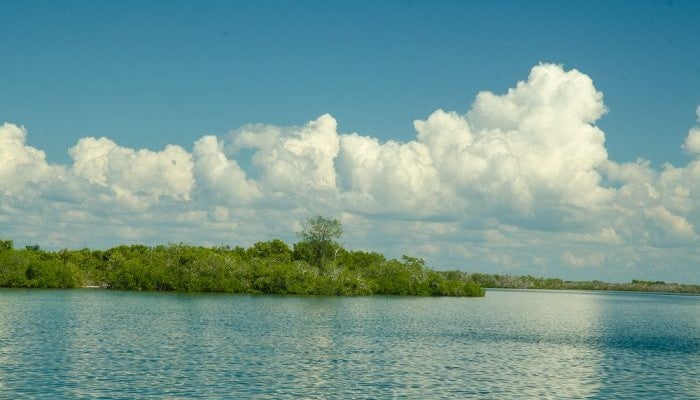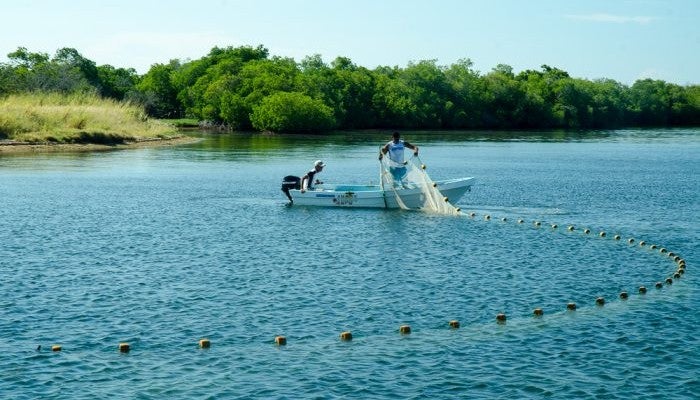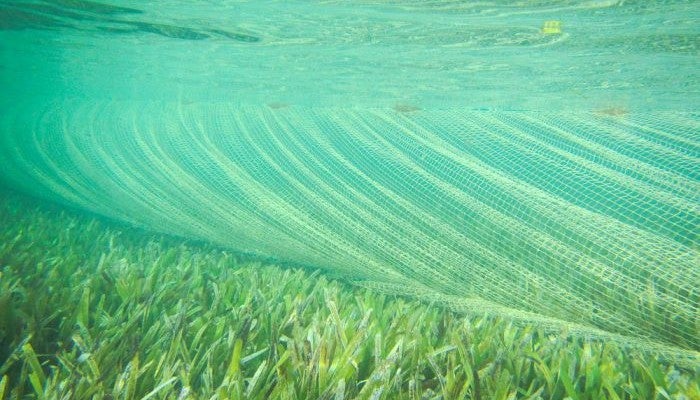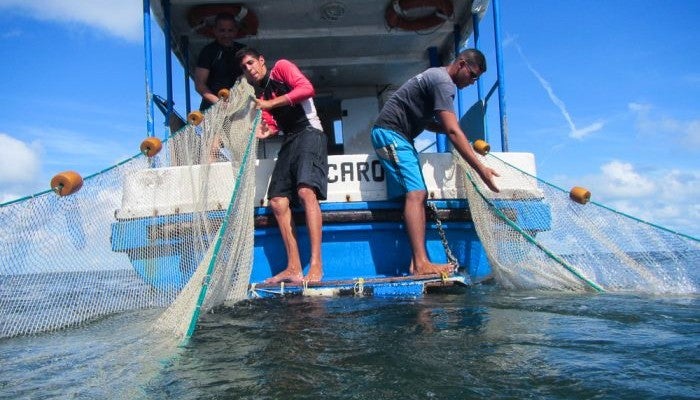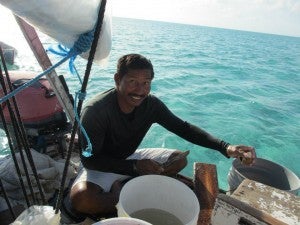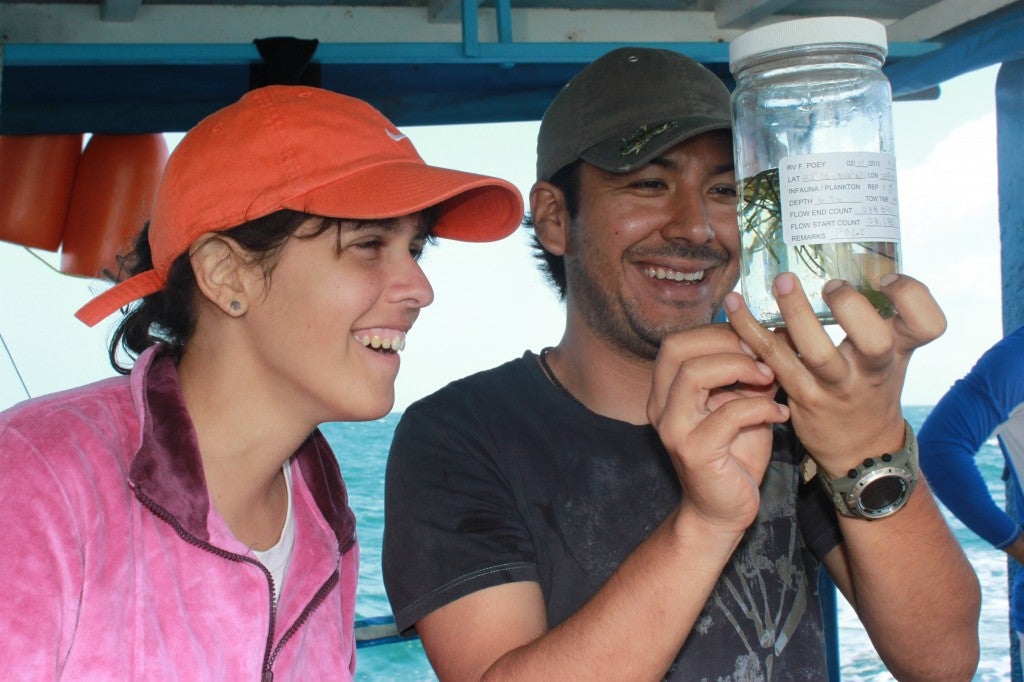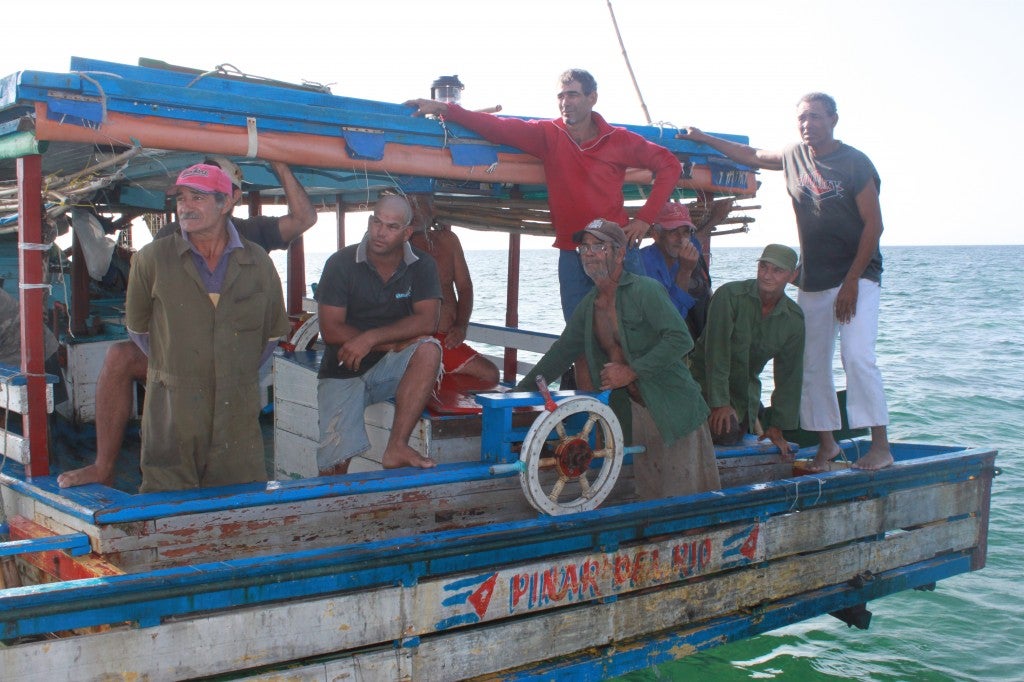By: Kendra Karr & Owen Liu
With support from the Waitt Foundation, EDF launched an initiative last year with the University of Havana’s Center for Marine Research that allowed teams of Cuban, U.S. and Mexican scientists to carry out a series of expeditions to conduct vital new research on Cuba’s remarkable—but understudied—marine and coastal ecosystems.
A Special Caribbean Reef
Coral reefs are some of the world’s most imperiled marine habitats. Impacts from climate change, pollution, overfishing and resource extraction combine to threaten reefs all over the world. This is especially true in the Caribbean, where rapid development is underway across the Caribbean Sea, exacerbating the stressors on coral reefs and their related seagrass and mangrove ecosystems.
However, in one special corner of the Caribbean, the Gardens of the Queen archipelago, has remained remarkably resilient in the face of this collective pressure. A Caribbean marine paradise, The Gardens consist of more than 600 cays and islands and is home to the largest contiguous reserve in the Caribbean at 2,170 square kilometers. It supports a mosaic of mangrove, seagrass, patch reefs, fringing red and reef slope and is abundant with fish, sharks and other marine life.
To reach the Gardens of the Queen from mainland Cuba, one must bisect the Gulf of Ana Maria, a shallow-water system comprised of mangrove, seagrass and coral reefs. The ecosystems of the Gulf of Ana Maria and Gardens of the Queen together cover more than 10,000 square kilometers of productive habitat, making the entire archipelago a magnet for eco-tourism, including SCUBA diving and recreational fishing. Despite a growing eco-tourism industry and offering one of the best examples of a resilient Caribbean reef, much about the Gardens remains a mystery.
We are excited about our partnership with the University of Havana’s Centro de Investigaciones Marinas (CIM) and the Centro de Investigaciones de Ecosistemas Costeras (CIEC), and the potential for collaborative scientific exploration to yield foundational data and information about marine habitats in and around the Gardens of the Queen. Our inaugural expedition in (February) 2013 harnessed expertise from a tri-national team of scientists, which shared knowledge and scientific methods while surveying migratory shark populations off Cuba’s south coast in the Gulf of Batabanó, to the west of the Gardens of the Queen. In October 2013, scientists from the three organizations hopped aboard the RV Felipe Poey and RV Itajara to journey to the Gardens reserve itself, and the nearby Gulf of Ana Maria. This 19-day expedition produced new data about the special Gardens ecosystems, and shared expertise among scientists from the three organizations, promoted collaboration, increased scientific capacity and forged new friendships. Read More
